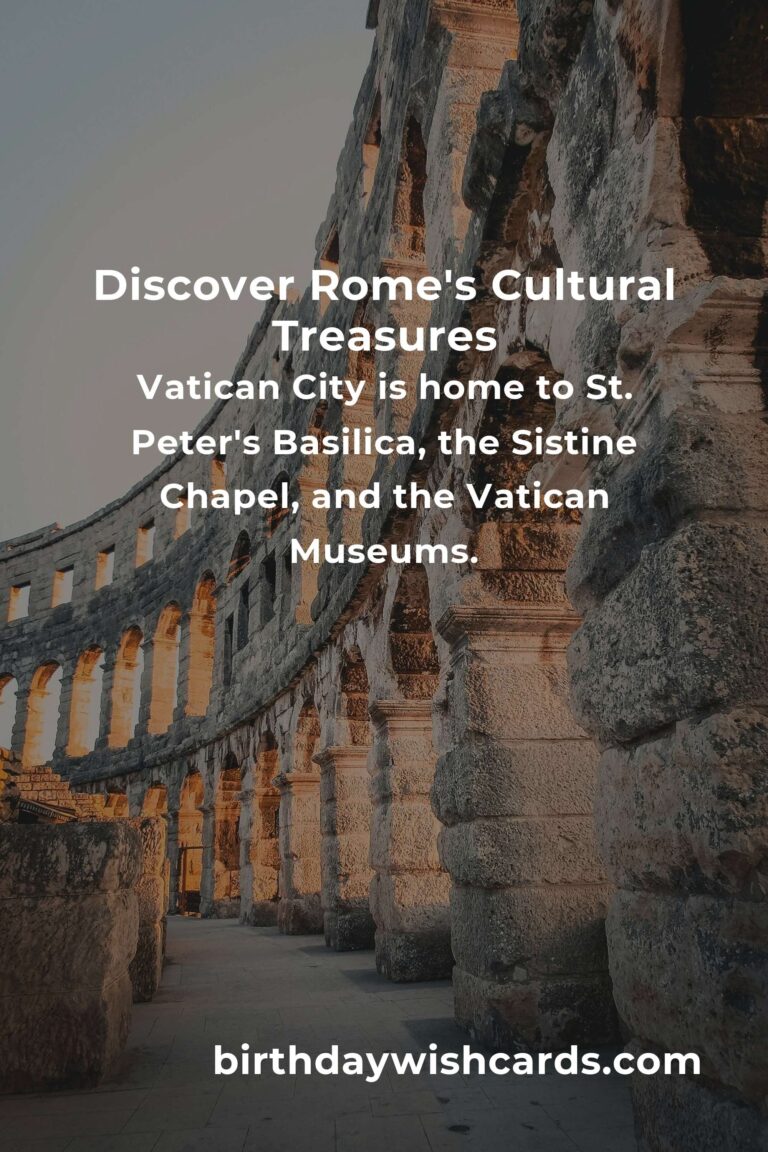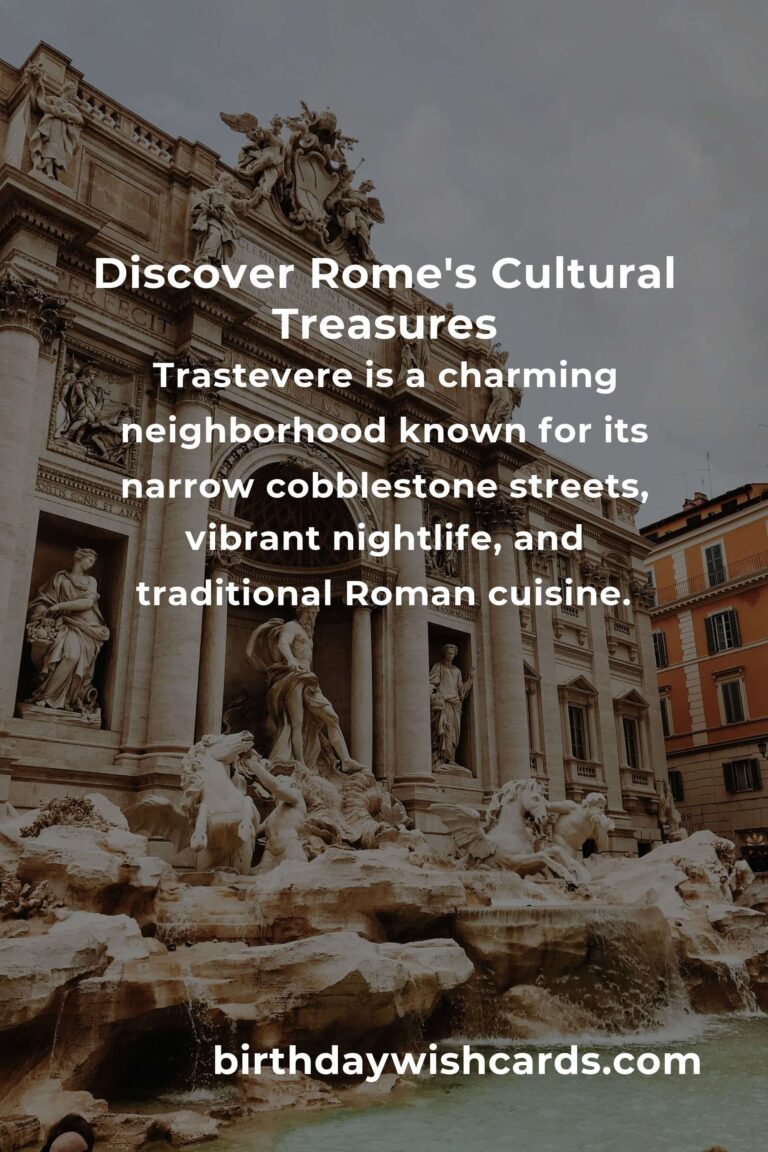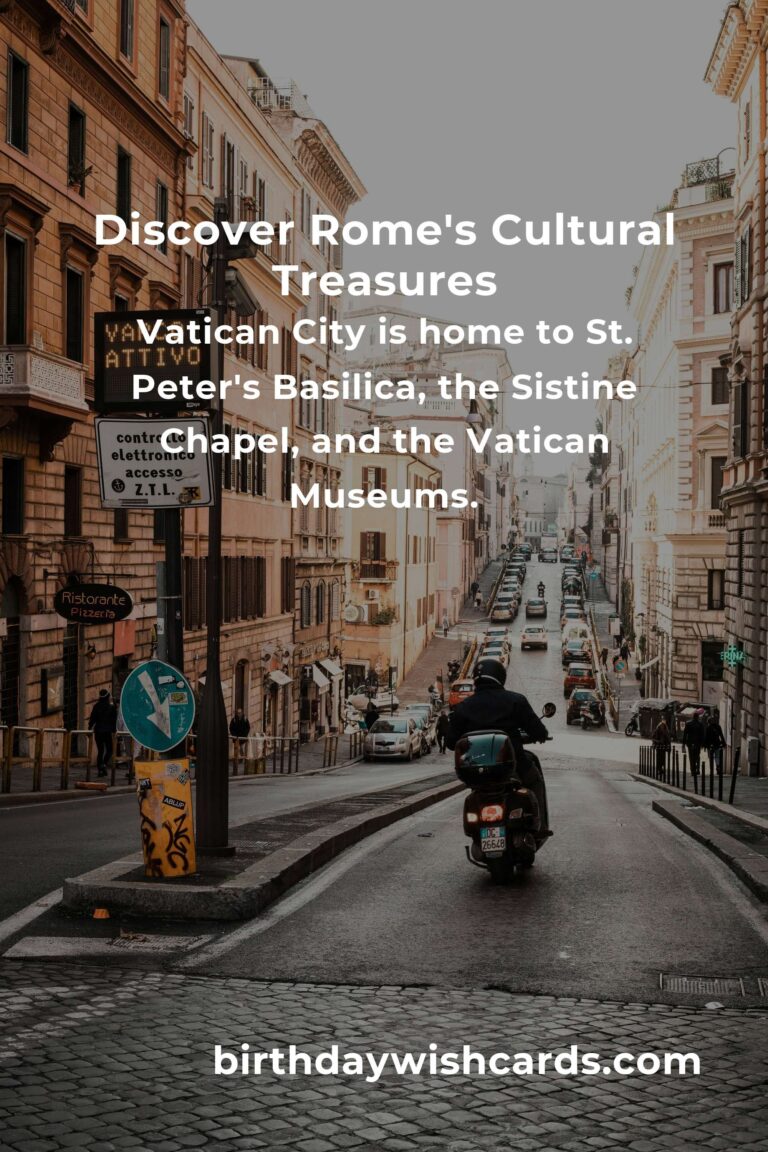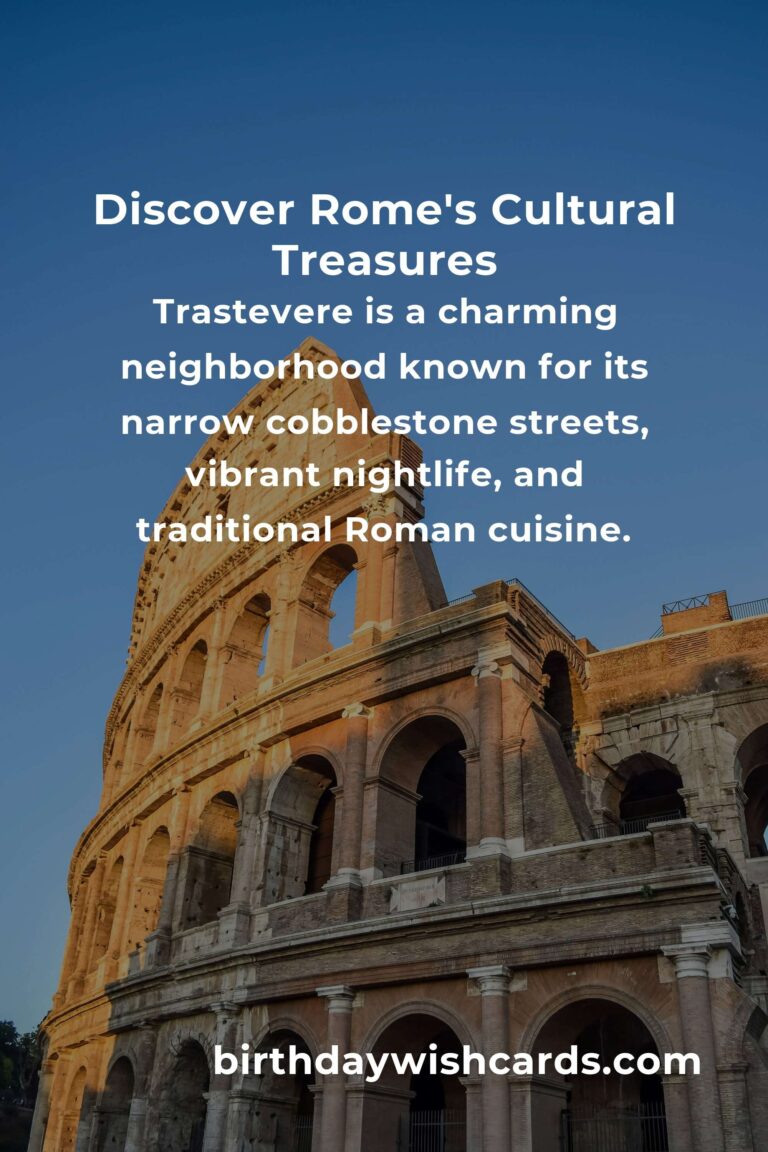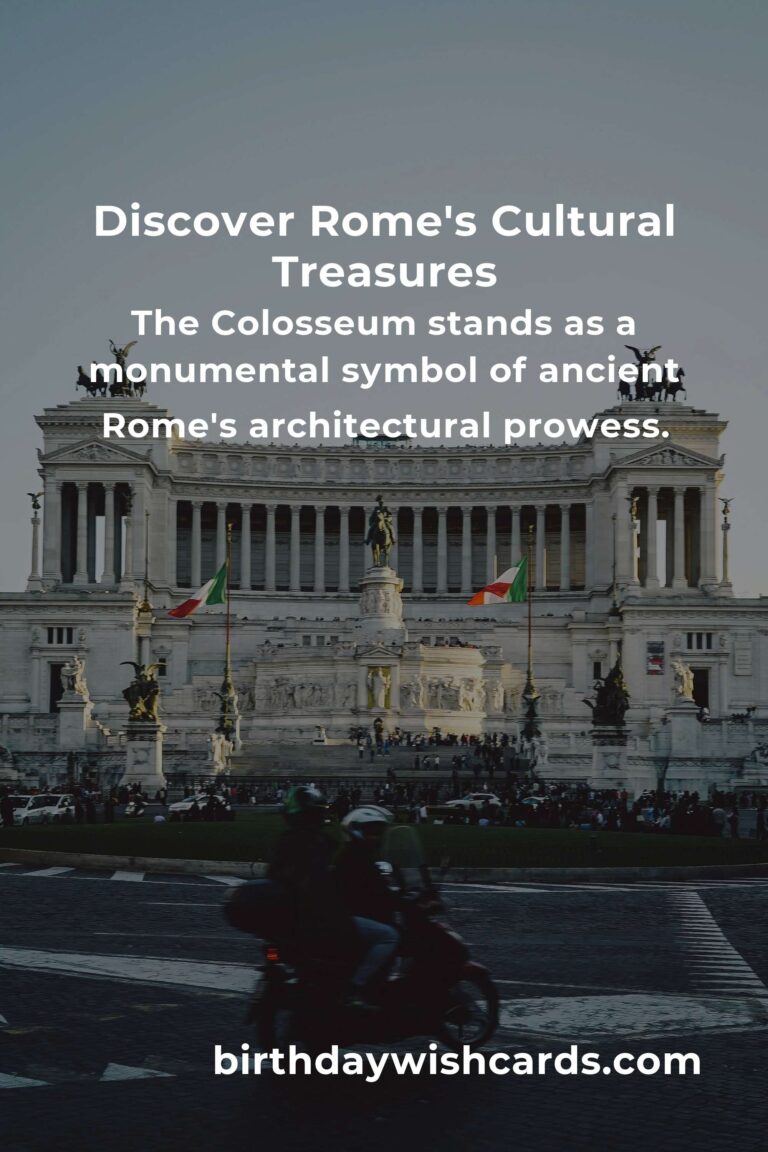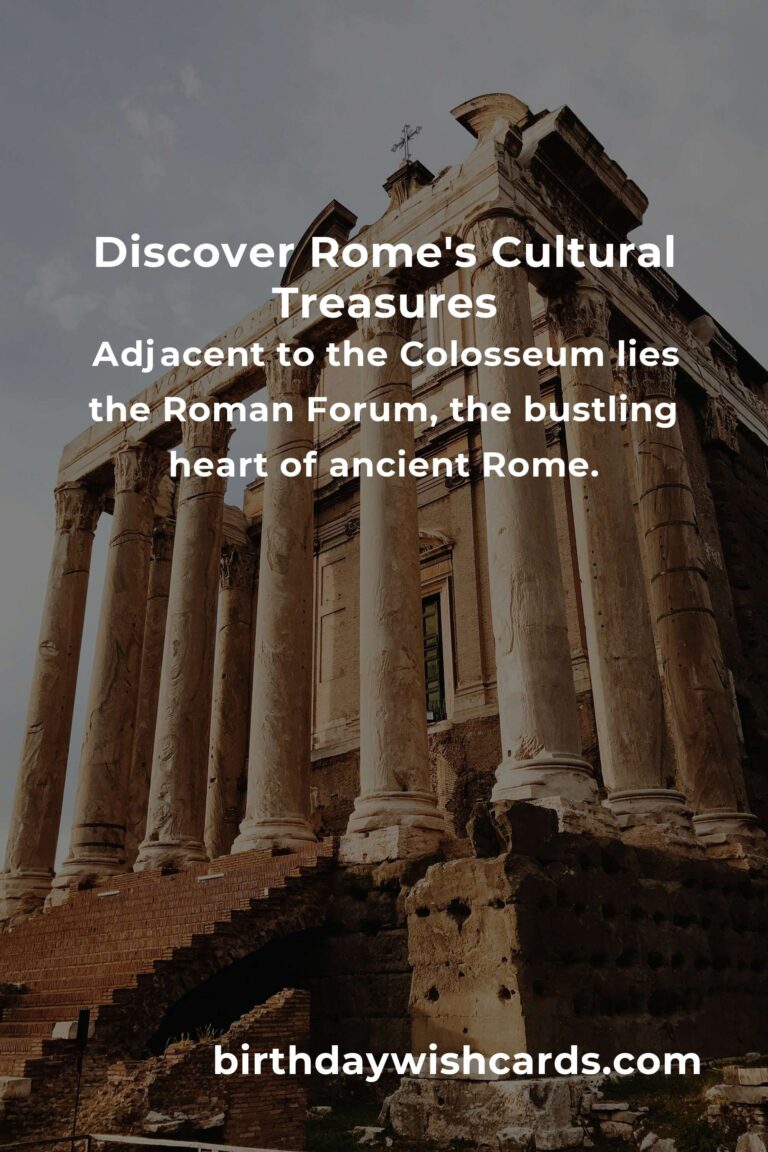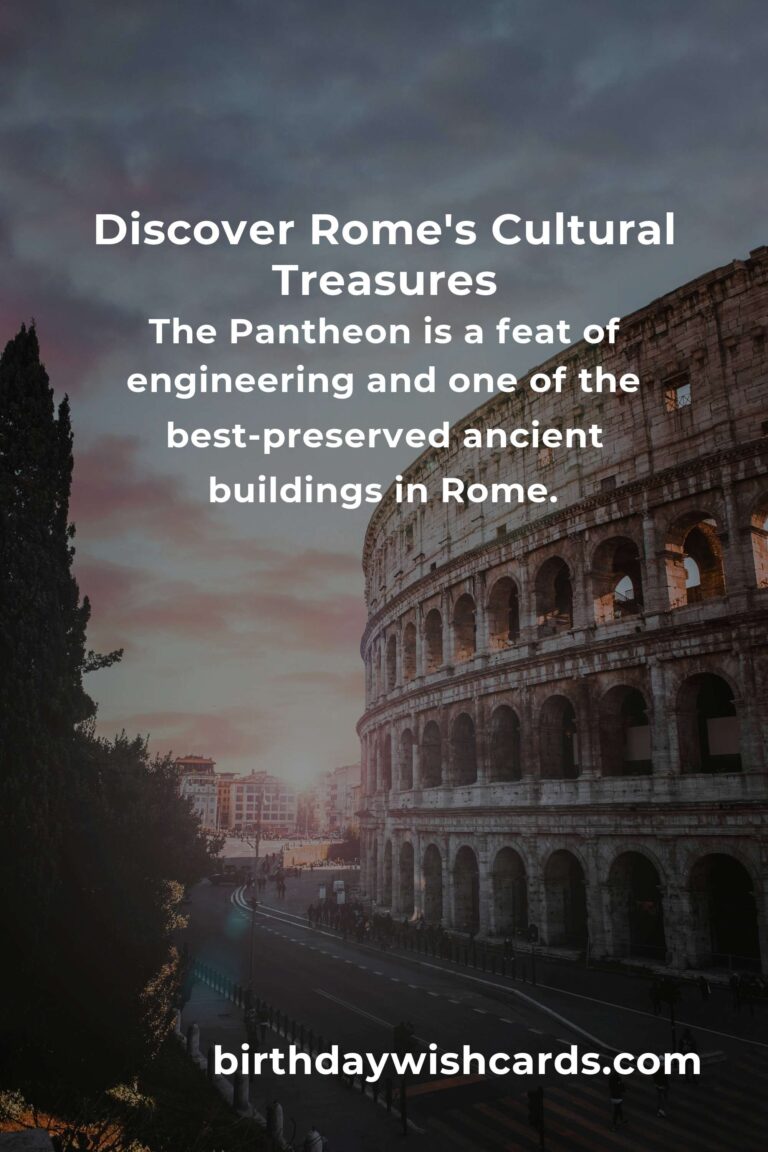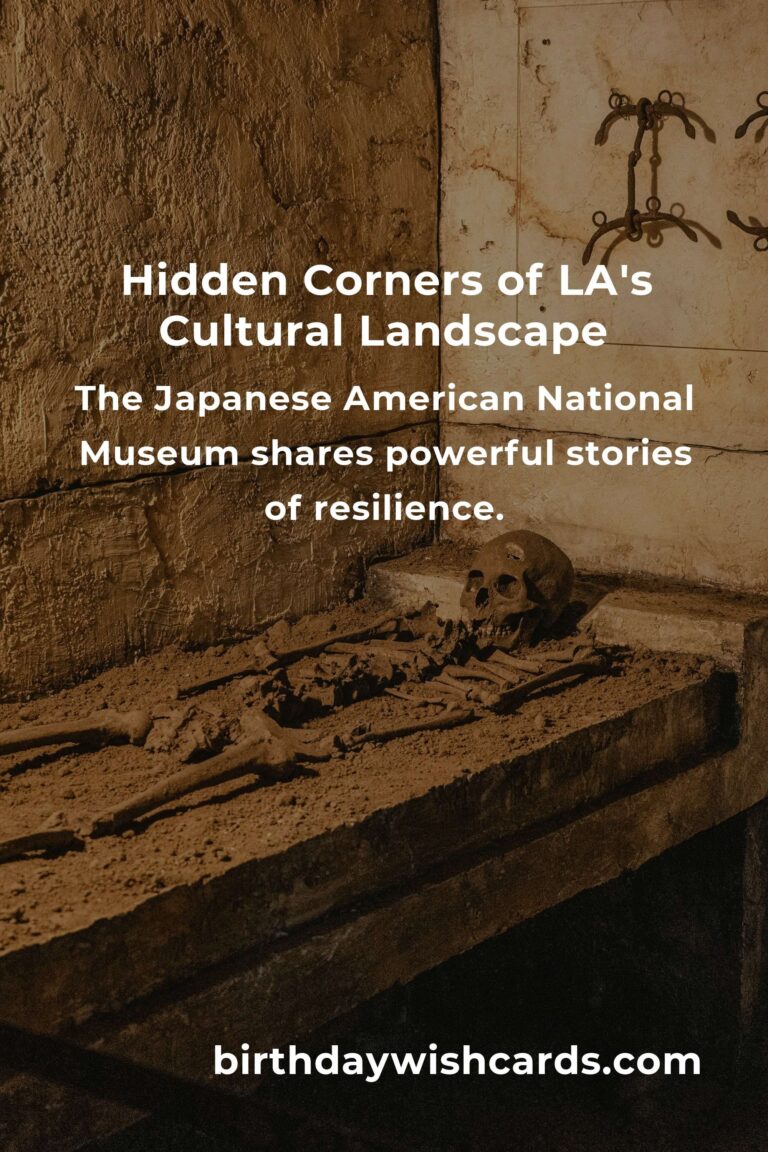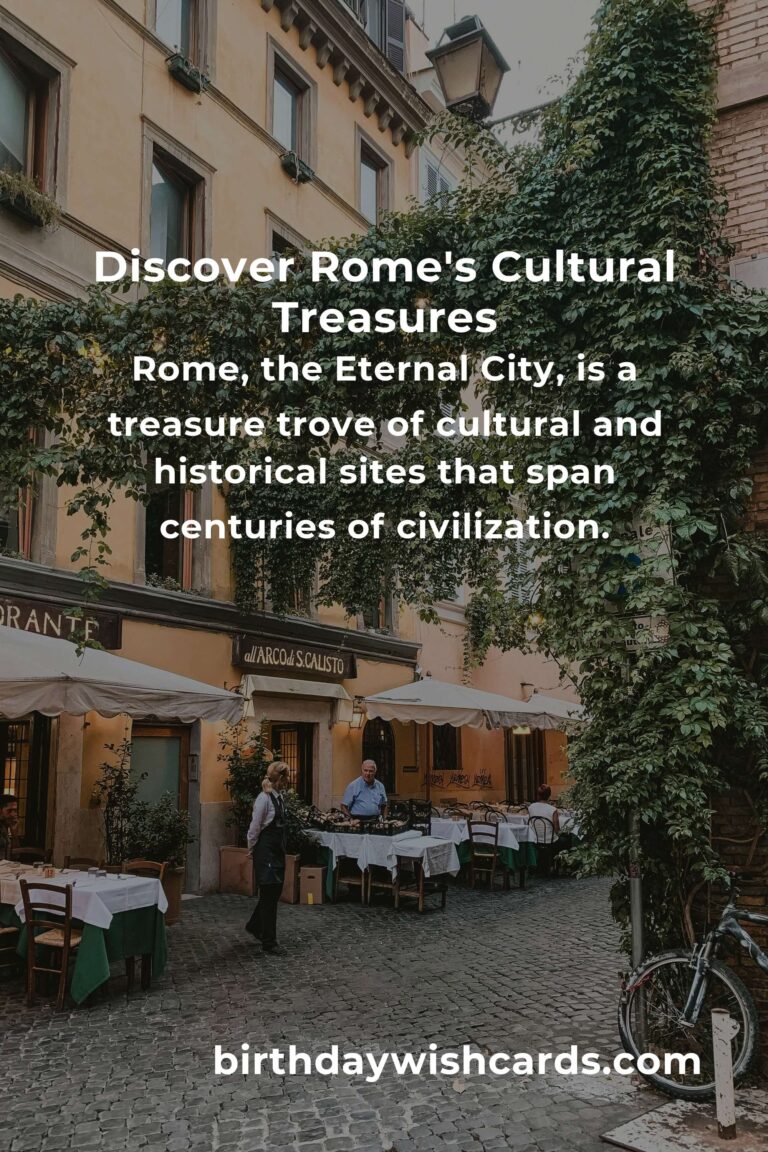
Rome, the Eternal City, is a treasure trove of cultural and historical sites that span centuries of civilization. From ancient ruins to Renaissance masterpieces, Rome offers a journey through time, inviting visitors to explore its rich heritage. In this article, we delve into the top 34 cultural sites that are a must-visit for anyone wanting to experience the heart of Rome.
The Colosseum
The Colosseum stands as a monumental symbol of ancient Rome’s architectural prowess. This iconic amphitheater, which once hosted gladiatorial contests and public spectacles, continues to captivate millions of visitors each year. Its massive stone structure and intricate engineering reflect the grandeur of Roman civilization.
The Roman Forum
Adjacent to the Colosseum lies the Roman Forum, the bustling heart of ancient Rome. This site was the center of political, commercial, and social activity. Walking through the ruins of temples and basilicas, visitors can envision the vibrant life of ancient Romans.
Vatican City
A sovereign city-state within Rome, Vatican City is home to St. Peter’s Basilica, the Sistine Chapel, and the Vatican Museums. These sites house some of the most significant artworks in history, including Michelangelo’s renowned ceiling in the Sistine Chapel.
Trevi Fountain
The Baroque masterpiece, Trevi Fountain, is one of the most famous fountains in the world. Legend has it that tossing a coin into the fountain ensures a return to Rome. Its grandeur and the myth surrounding it make it a must-see.
The Pantheon
The Pantheon, with its massive dome and oculus, is a feat of engineering and one of the best-preserved ancient buildings in Rome. Initially built as a temple for all gods, it now serves as a church and a testament to Roman architectural innovation.
Spanish Steps
The Spanish Steps, a monumental stairway of 135 steps, connect the Piazza di Spagna with the Trinità dei Monti church. This popular tourist spot is known for its vibrant atmosphere and stunning views of the city.
Piazza Navona
Piazza Navona is famous for its lively atmosphere and magnificent Baroque architecture. The square is adorned with three fountains, including the Fountain of the Four Rivers by Bernini, making it a central hub for both locals and tourists.
Castel Sant’Angelo
Originally built as a mausoleum for Emperor Hadrian, Castel Sant’Angelo has served many purposes, including a fortress and papal residence. Its rich history and stunning views of the city make it a fascinating site to explore.
Campo de’ Fiori
This vibrant square is known for its daily market and lively atmosphere. Campo de’ Fiori has been a center of commerce and public life since ancient times, offering a glimpse into the daily life of Romans both past and present.
Villa Borghese
Villa Borghese is a sprawling landscape garden in Rome, encompassing museums, galleries, and lush green spaces. The Borghese Gallery within the park showcases works by renowned artists such as Caravaggio and Raphael.
The Catacombs
The Catacombs of Rome are ancient underground burial sites, reflecting early Christian history. These labyrinthine tunnels offer a unique perspective on the religious and cultural practices of early Christians.
Trastevere
Trastevere is a charming neighborhood known for its narrow cobblestone streets, vibrant nightlife, and traditional Roman cuisine. It’s an ideal place to experience the local culture and enjoy a leisurely evening.
San Clemente Basilica
This lesser-known gem is a layered historical site, with a 12th-century basilica built atop a 4th-century church, which itself was constructed over a 1st-century Roman house. Its layers reveal the complex history of Rome’s development.
The Appian Way
The ancient Appian Way was one of the earliest and strategically most important Roman roads. Today, it offers a scenic route lined with historical sites and ruins, ideal for walking or biking.
Capitoline Museums
Located on the Capitoline Hill, the Capitoline Museums house a vast collection of art and artifacts that tell the story of Rome’s history. The museums are home to famous sculptures like the Capitoline Wolf and the Dying Gaul.
Piazza del Popolo
Piazza del Popolo is a large urban square known for its twin churches and the ancient Egyptian obelisk at its center. It serves as a gateway to the city’s historic center and a venue for public events and gatherings.
Palatine Hill
Palatine Hill is one of the most ancient parts of the city, offering stunning views and archaeological sites. According to Roman mythology, it is the location where Romulus and Remus were found by the she-wolf.
The Baths of Caracalla
The Baths of Caracalla were among the largest and most luxurious public baths in ancient Rome. These impressive ruins provide insight into the social and communal aspects of Roman life.
The Ara Pacis
The Ara Pacis, or Altar of Peace, is an altar dedicated to Pax, the Roman goddess of peace. Its intricate reliefs and historical significance make it an important cultural monument.
The Basilica di San Giovanni in Laterano
As the cathedral of the Bishop of Rome, the Basilica di San Giovanni in Laterano is considered the mother church of the Catholic faith. Its majestic architecture and rich history make it a significant site for both religious and cultural exploration.
The Mausoleum of Augustus
The Mausoleum of Augustus is an ancient tomb built for the first Roman emperor. Although it fell into disrepair over the centuries, it has recently been restored, offering a glimpse into Rome’s imperial past.
The Quirinal Palace
The Quirinal Palace serves as the official residence of the President of the Italian Republic. Its grand architecture and art collections reflect the importance and history of Italy’s leadership.
The National Roman Museum
Spread across several sites, the National Roman Museum holds a vast collection of Roman artifacts, including sculptures, mosaics, and frescoes, offering a comprehensive overview of Rome’s artistic heritage.
The Basilica di Santa Maria Maggiore
This major papal basilica is known for its stunning mosaics and rich history. It is one of the four major basilicas in Rome and plays an important role in the religious and cultural landscape of the city.
Janiculum Hill
Offering panoramic views of Rome, Janiculum Hill is a peaceful escape from the bustling city. It’s a great spot for a leisurely walk and to enjoy the beauty of Rome from above.
The Pyramid of Cestius
This ancient pyramid is an unexpected sight in Rome. Built as a tomb for Gaius Cestius, it is a testament to the influence of Egyptian culture on Rome.
The Basilica of San Pietro in Vincoli
This basilica is famous for housing Michelangelo’s statue of Moses and the relic of the chains believed to have bound Saint Peter. Its historical and artistic significance make it a worthwhile visit.
The Church of Sant’Ignazio di Loyola
The Church of Sant’Ignazio di Loyola is renowned for its stunning Baroque architecture and trompe-l’œil ceiling frescoes, which create an illusion of a dome.
The Aventine Keyhole
Known for its unique view, the Aventine Keyhole offers a perfectly framed sight of St. Peter’s Basilica through the keyhole of the Knights of Malta’s villa.
The Baths of Diocletian
Once the largest of the Imperial baths, the Baths of Diocletian now host a museum and splendid gardens. They offer insight into the grand scale of Roman public baths.
The Church of Santa Maria in Trastevere
This ancient basilica is one of the oldest churches in Rome, known for its stunning mosaics that depict scenes from the life of the Virgin Mary.
Galleria Doria Pamphilj
The Galleria Doria Pamphilj is a privately owned art gallery housed in a magnificent palace. It contains an impressive collection of paintings by artists such as Caravaggio and Velázquez.
The Mouth of Truth
The Mouth of Truth, or Bocca della Verità, is an ancient marble mask that was used as a lie detector in medieval times. Visitors place their hand in its mouth, adding a playful element to their visit.
Rome, the Eternal City, is a treasure trove of cultural and historical sites that span centuries of civilization.
The Colosseum stands as a monumental symbol of ancient Rome’s architectural prowess.
Adjacent to the Colosseum lies the Roman Forum, the bustling heart of ancient Rome.
Vatican City is home to St. Peter’s Basilica, the Sistine Chapel, and the Vatican Museums.
The Pantheon is a feat of engineering and one of the best-preserved ancient buildings in Rome.
Trastevere is a charming neighborhood known for its narrow cobblestone streets, vibrant nightlife, and traditional Roman cuisine.
#Rome #Travel #CulturalSites #History #Tourism #Italy


